If there is one ‘holy grail’ that everyone talks about in photography, it has to be lenses. Beginner or professional, photographers have always been obsessed with glass. At a certain level, there is a valid reason behind the infamous glass obsession. Other than lighting equipment, lenses are the camera gear with the biggest impact on making a good picture. In this article, I’ll address the basics a beginner needs to know when buying a new lens. Before you read this article, I highly recommend reading Understanding Camera Lenses: A Beginner’s Guide by Spencer.
Where to begin?
Of all things that confuse a beginner, lens selection certainly is near the top of the list. Even seasoned professionals aren’t spared. With the sort of Youtube channels and websites that endlessly compare lenses, it has only gotten more confusing when it comes to choosing lenses. Photography Life is no exception in this regard, as we have reviewed tons of lenses in detail along with their Imatest results.
Let me instead go through the more basic considerations that most photographers should think about when buying a lens, especially as a beginner.
1. Budget
If budget were not a factor, I guess everyone would be holding a 400mm f/2.8 or a 600mm f/4 in their camera bags right away. Inevitably, budget ends up being the primary factor that decides which gear ends up in one’s camera bag.
Undeniably, the 400mm and the 600mm fluorite primes are the sharpest, fastest and the meanest glasses out there. But how many of us are ready to shell out $12,000+ on them? Most photographers start out with entry-level gear and upgrade their gear progressively.
2. Crop body kit lenses
Entry level crop bodies (DX) are the choice for most beginners, and such camera bodies almost always come with a kit lens. In most cases, beginners choose a dual lens kit that covers 18mm to some longer focal length like 55mm, 105mm, or even 200mm and beyond, depending upon the brand.
Practically, none of us are going to stay with our first camera and lens forever. As we start taking better pictures, we start feeling that the gear we own becomes inadequate. Eventually, some photographers will decide to get a full frame camera instead, be it a DSLR or mirrorless. At that point, any crop-sensor lenses will be sold because they no longer fit the current system.
Unlike camera bodies, lenses stay with photographers for long. It is quite possible, even likely, that you will jump to full frame at some point in the future (assuming you shoot with Nikon, Canon, or Sony which offer full frame cameras). So, I recommend that any upgrade to your kit lenses should be a full frame lens. It is true that all manufacturers have some pro or semi-pro grade crop lenses. But even though these are good lenses, they will need to be replaced upon moving to full frame. If you spend a bit more to buy full-frame compatible glass from the start, you will save money eventually by not needing to replace your full kit of lenses when you get a full frame camera.
3. Sharpness
Sharpness clearly is what the fuss is all about. Isn’t it? Let me consider that I buy the sharpest lens in the world. Does that guarantee the best pictures every time? The answer is No. It will boil down to how much of that sharpness I would be able to harness.
Photographers have always debated about which is the sharpest lens. A lens that one photographer considers razor sharp would appear to be junk for another. For example, hand holding a Nikon 300mm f/4 PF ED VR over a full day of photography would result in better pictures than hand holding a Nikon 300mm f/2.8 ED VR in the same situation. Even though the latter is certainly better in terms of sharpness, bokeh, and AF speed/accuracy, its sheer weight makes it difficult to handhold for hours on end.

That’s why you have to look beyond just the measurements of a lens and think about real-world usage. A sharp lens might not necessarily be the best lens. There are factors beyond sharpness that also matter. Everything from the build quality to the bokeh, close focusing distance, weight, filter compatibility, and many other effects remain important. For my wildlife photography, I would rather have a lens with “average” sharpness but incredibly fast AF speed any day.
4. Autofocus
There are two attributes one needs to understand about autofocus in a lens: AF accuracy and AF speed.
Let me compare two lenses that are pretty close when it comes to sharpness. The Nikon 200-500mm f/5.6 ED VR is almost as sharp as its Nikon 500mm f/5.6 PF ED VR prime cousin. But one thing, other than weight, that makes the prime superior is its autofocus speed. Both lenses might perform similar when photographing perched birds. But the prime definitely out-performs the zoom while photographing birds in flight. Take a look at Prime Vs Zoom article for more.

Of course, AF performance also depends on the camera. A professional lens mounted on an entry level camera or vice versa isn’t going to work as intended. But in general, you’ll find that some lenses focus faster than others no matter the camera, so it remains an important consideration.
5. Prime or zoom?
When it comes to outright performance, prime lenses – those which have only one focal length and cannot zoom – are definitely the choice. But for many photographers, the factors below make zooms a better choice than prime lenses.
- Immaterial of how things appear on paper, it is going to take time for a budding photographer to notice, let alone capture, any differences in real world images. In photography terms, it takes practice to pixel peep.
- Primes demand “zooming with your feet” to get the desired composition. It means that you’ll need to be constantly moving closer or away from your subject. Particularly for beginners, who are already focused on finding the right settings, this additional factor with prime lenses can lead them to take worse photos. Whereas with a zoom in hand, it is easier to just twist the lens and try out different compositions.
- In recent years, lens technology has progressed by a great deal. A few decades ago, the gap between primes and zooms were exponential. But that gap has been bridged to a great extent.
6. Weight
Take a look at the image of a Himalayan blue sheep below. The picture was shot at an altitude of over 14,000 ft after a strenuous hike of about 10 miles. It was shot with a D750 and a 200-500 f/5.6 pair. I certainly am not going to be able to carry a D5 with a 500 or a 600mm f/4 all the way. Not to mention the weight of a suitable tripod the above combo demands. In fact, I wish I had a Nikon Z6 and the 500mm f/5.6 PF ED VR instead!
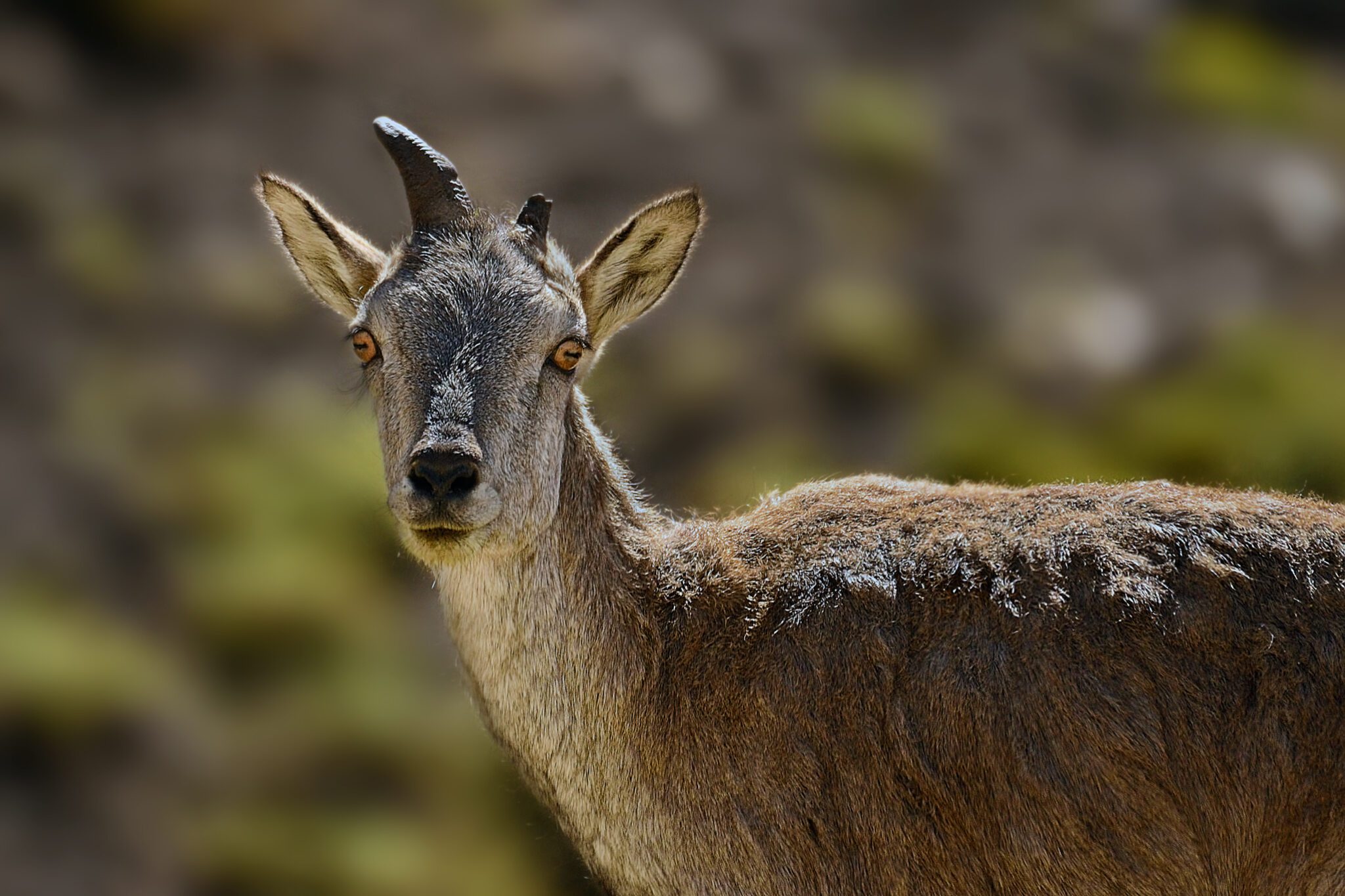
As one gets more serious in photography, the need to bring down weight becomes increasingly important. Dragging gear all day long becomes increasingly more stressful on the shoulder as the day goes by.
That’s why a clear idea of what one wants to shoot becomes mandatory even before thinking about buying new lenses. It is not the best lens out there that is likely to help us get better images. It is the one that suits us the best that does.
7. Weather sealing
Photographers who are into genres like landscapes, wildlife and street photography that involve outdoor shooting are constantly exposed to moisture and dust. Weather sealing is a big deal for such genres. For example, weather sealing becomes almost mandatory while photographing waterfalls. It is practically impossible to keep your gear dry in such conditions. The humidity is almost close to 100% not to mention the tiny droplets that keep wetting the gear constantly.
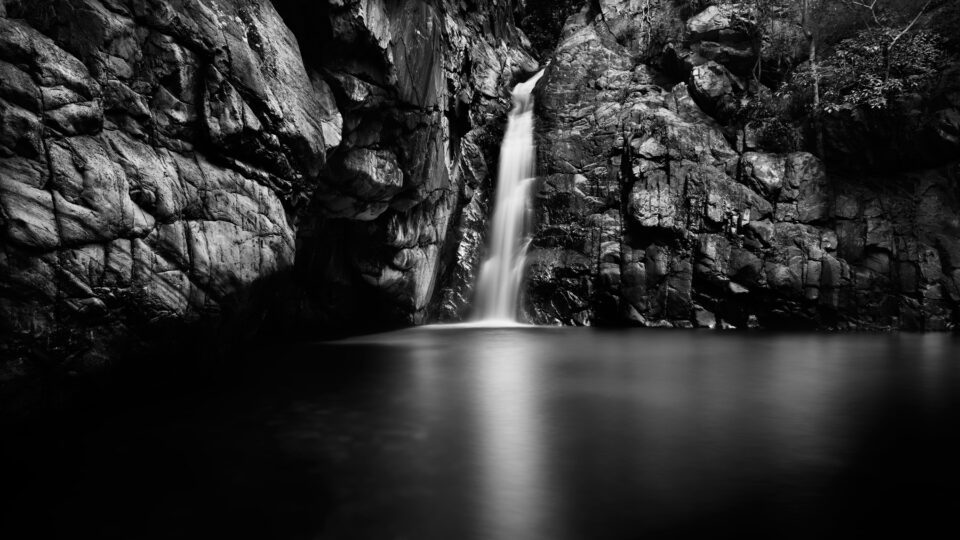
Most modern lenses come with vibration reduction. When moisture settles or humidity condenses in the VR elements, it becomes very tricky to clean them later. Too much of condensation as a result of prolonged exposure to moisture could damage the electronics. Most weather sealed lenses are internal focusing ones and almost always more expensive than the ones that have barrels popping out and retracting in while zooming or focusing.
Lens Recommendations for Nikon
Based on the above criteria, below are the lens recommendations for someone who is looking at upgrading from kit lenses. All the recommendations listed below are full frame zooms, and because I am a Nikon shooter, that’s what I’ll be recommending. Even if you use some other brand like Canon, Sony, Fuji, Olympus, Pentax, or Panasonic, chances are good that there are similar lenses available for you.
Best value lenses for a $1000 budget
Nikon 24-85mm f/3.5-4.5G VR
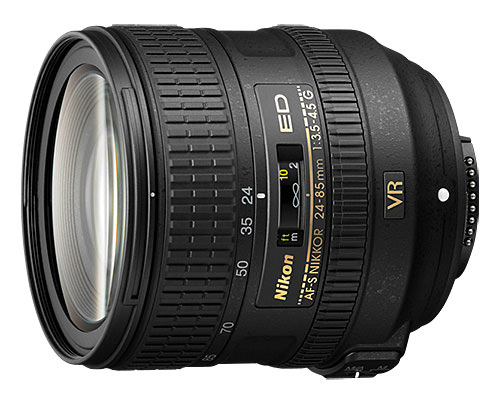
For $500 at the time of writing this article, this lens is one of the best choices if one seeks a good all round performing lens at an affordable budget. If you are not too keen on low light performance or blistering AF speed, the Nikon 24-85 is a pretty sharp lens. If you are shooting in well lit conditions, where you can stop down the lens to f/5.6 or possibly f/8, you have to pixel peep to find any difference in sharpness between this and a professional lens like the Nikon 24-120 f/4 or the Nikon 24-70 f/2.8. The saturation and color rendition of this lens is something that I have enjoyed over the years. For more, read our in-depth review about this lens.
Its light weight construction, weighing a little less than 500 grams makes it a great choice for travel photography. Its focal range makes it a great choice for landscape photography. Even though it has slow AF when compared to pro-grade lenses like the Nikon 24-70 f/2.8, the AF is reasonably accurate in decent light conditions. I have used this lens extensively for landscape purposes. The focal range makes it a good choice for portrait and street photography as well.
The drawbacks of this lens are what one expects from any so called ‘pro-sumer’ lens. The first drawback I experienced while using this lens is its autofocus speed. In low light conditions, the lens hunts for focus indefinitely. Secondly, it isn’t weather sealed, which means it is prone to dust and moisture that further leads to the much-dreaded fungus. I have had to send this lens for cleaning more than once as a result. Thirdly, the plastic construction isn’t as durable as most other professional lenses.

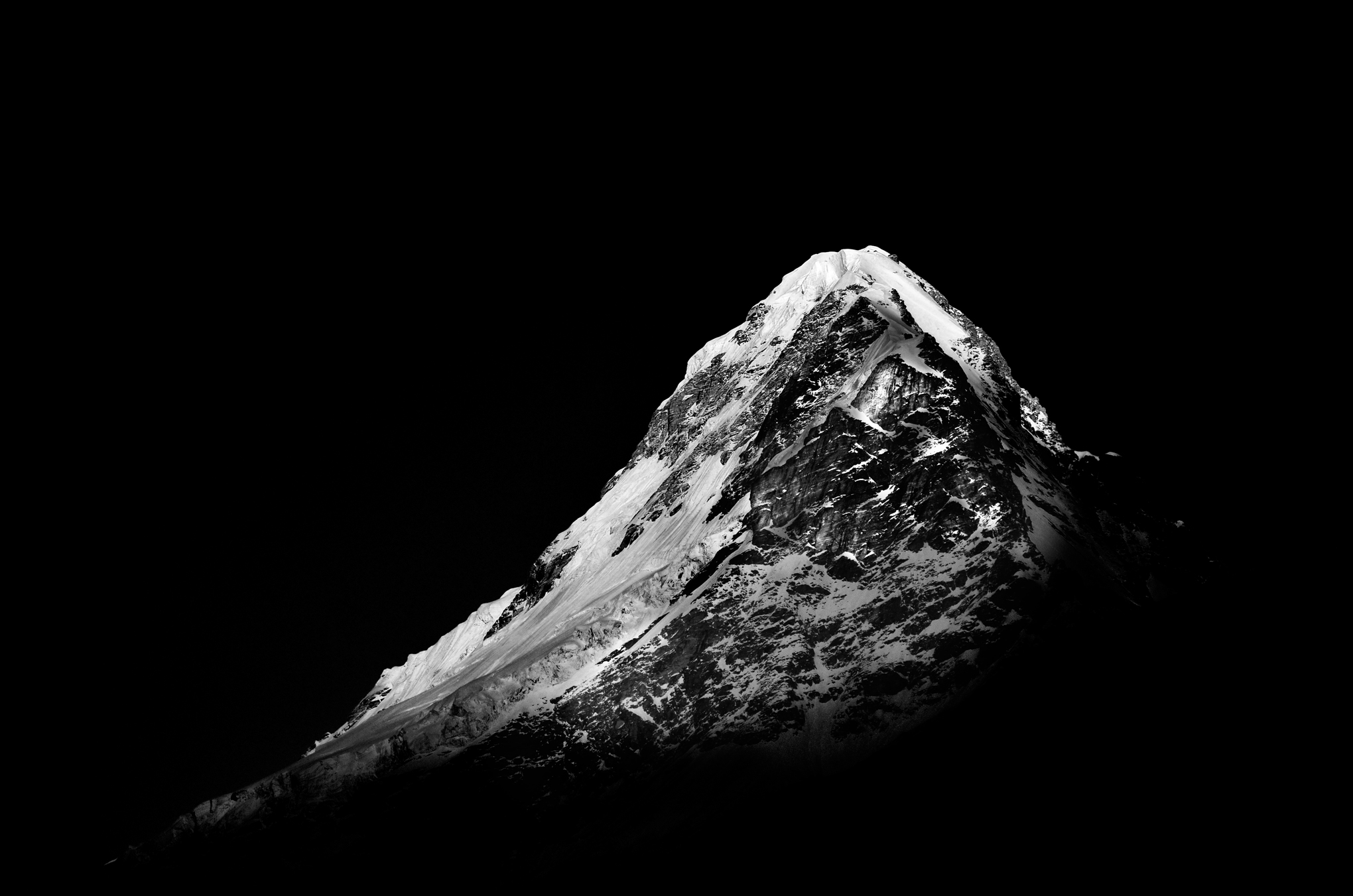
Nikon 70-300mm f/4.5-5.6E VR AF-P
Now that you have spent $500 to get between 24mm and 85mm, the Nikon 70-300 is the best value for money lens (costing $600) that would get you to 300mm. Its old iteration, the Nikon 70-300mm f/4.5-5.6G VR, has also been a popular choice among amateurs and enthusiasts who were on a budget, and you may want to consider buying that one used to save a bit of money.
The Nikon 70-300mm VR is a pretty sharp lens. With a full frame camera, some might feel the extreme corners to be a bit soft, but with a DX camera like the Nikon D500, the loss of sharpness with this lens is almost negligible.
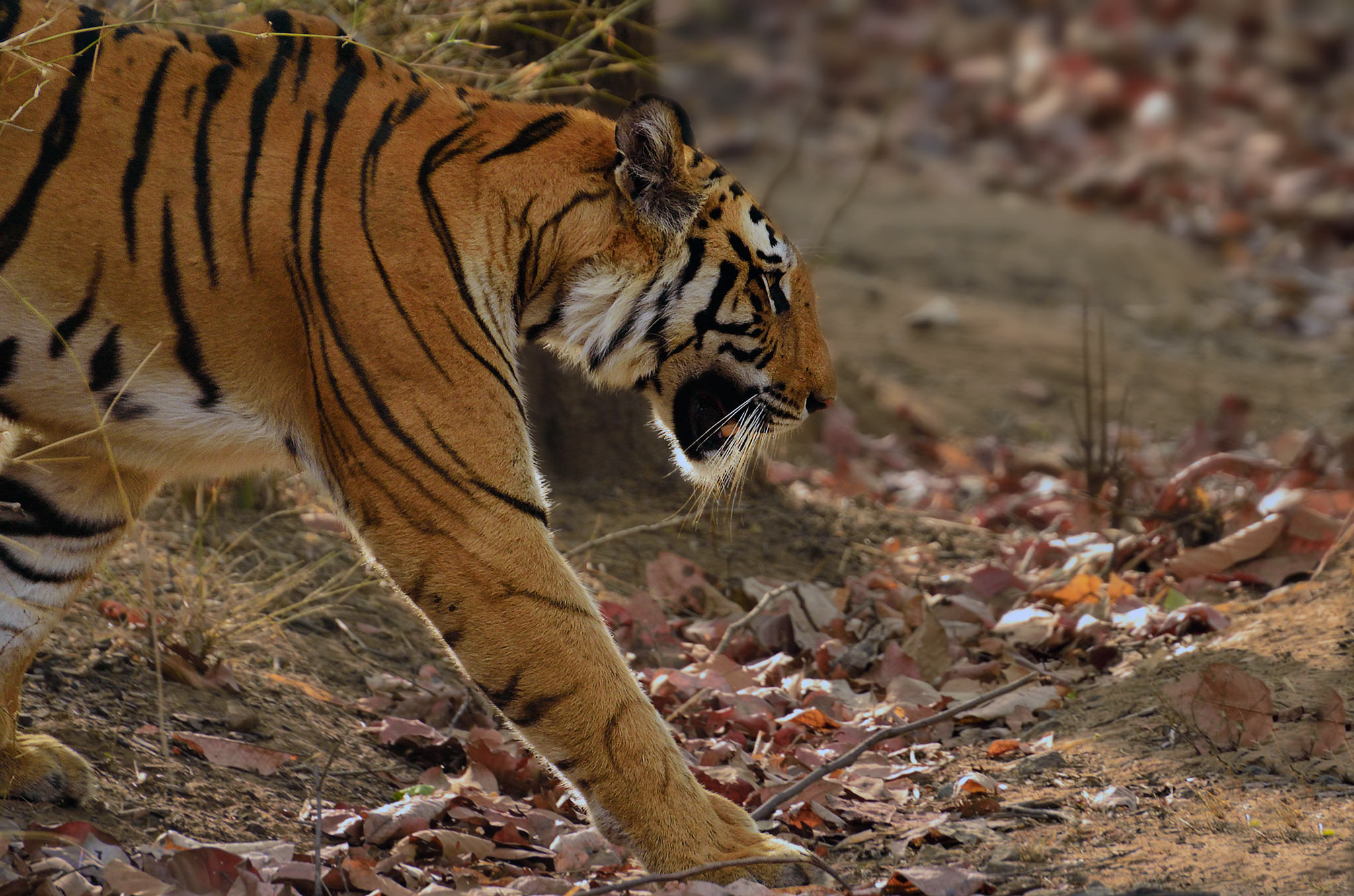
This lens’s light weight makes it a good choice for travel photography. If you are looking to travel light, a two-lens combo of the 70-300 along with the 24-85 would be a great combo. This lens is a popular choice for enthusiasts looking for an affordable lens to photograph wildlife.
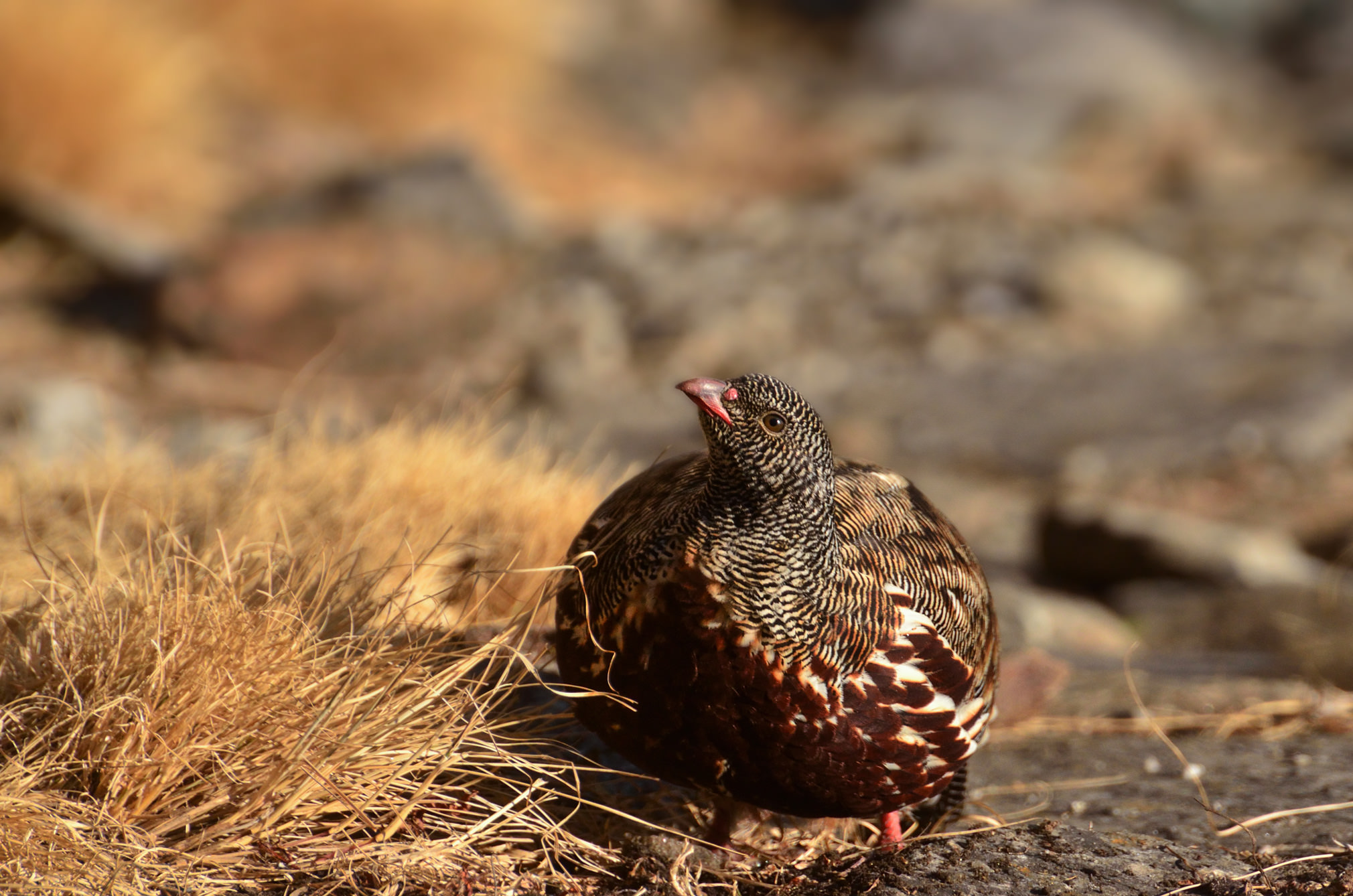
Of course, it’s not a perfect lens. The first limitation I noticed with the 70-300mm is its slow autofocus. Also, at 300mm, this lens might not have quite enough reach to photograph small birds in the distance.
But it sure is a good choice for someone who is getting into wildlife photography. Mounted on an FX body, the 70-300mm becomes a great choice to shoot landscapes as well.
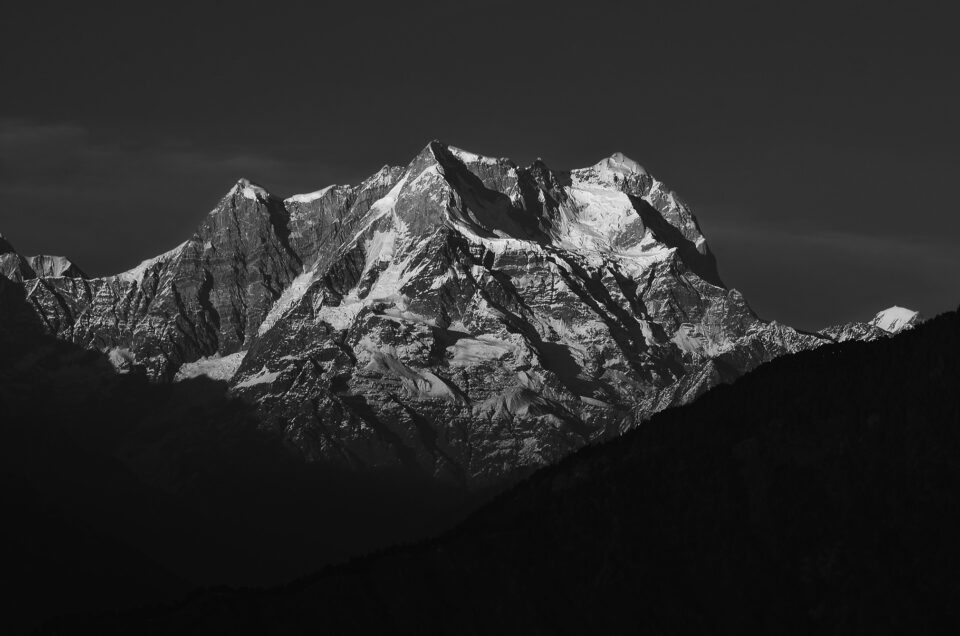
For more information on this lens, please go through Photographing Wildlife with the Nikon 70-300mm f/4.5-5.6 VR and Nikon 70-300mm f/4.5-5.6G VR Review
It should be noted that Nikon has various 70-300mm lenses. The one I am talking about is the full frame VR lens and not the DX ones, which I don’t recommend, for the reasons of future-proofing discussed earlier in this article.
Nikon AF-S NIKKOR 28-300mm f/3.5-5.6G ED VR Lens
If you have $1000 budget and want to carry only one lens, the Nikon 28-300 is probably the best choice for you. With an incredible 10.7x zoom range, this lens lets you shoot anything from landscapes to portraits and wildlife. Mounted on a DX body this lens yields an effective field of view of 42mm-450mm.
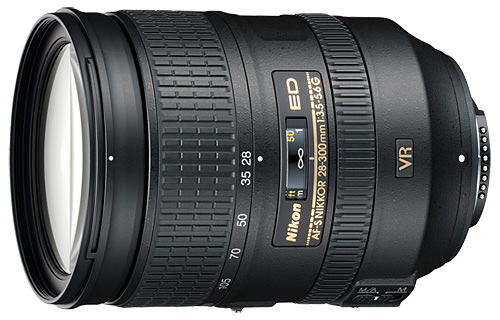
Weighing a meager 800 grams, this certainly is the go-to lens for photographers who have ease of use and weight as their top priorities. In spite of being a consumer grade lens with its limitations in terms of loss of sharpness at corners and above 200mm, this lens has been the choice of quite a lot of professionals. The loss of sharpness can be handled by stopping the lens down to f/8, at which point there is a considerable improvement in sharpness. When “getting the shot” is your most important criteria, the 28-300mm is a great choice.
For more details on this lens, read the indepth review by Nasim.
Best value lenses for a budget of $2500
Nikon 24-120mm f/4G VR
When I recommended the Nikon 24-85, a few of you would have wondered why I hadn’t recommended the 24-120mm f/4 instead. Budget was the only reason. If you do not seek to photograph wildlife (at 200mm) and still have $1000 to spend on one lens, then the Nikon 24-120mm would certainly be the lens of choice. In fact, if you are a travel photographer who is bent on traveling light, this lens is close to ideal.
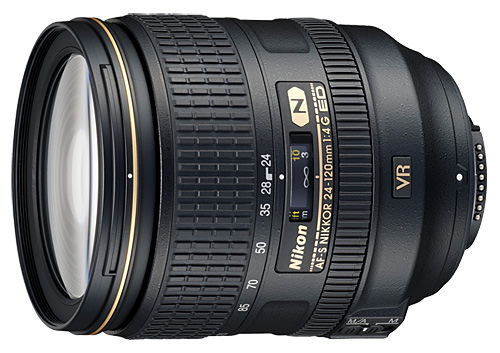
The Nikon 24-120 has a 5x zoom ratio as compared to the 24-85’s 3.5x zoom ratio. The 24-120 also has a constant maximum aperture of 4 as compared to the 24-85’s 3.5-4.5 variable maximum aperture, not to mention the former is slightly sharper than the latter, especially between 24mm to about 55mm. For more info, read Nasim’s in-depth review.
Nikon 200-500mm f/5.6E VR
The Nikon 200-500 needs no introduction among wildlife photographers. If you are an aspiring wildlife photographer on a budget, yet seeking to shoot uncompromising photographs, this lens certainly is the best choice.
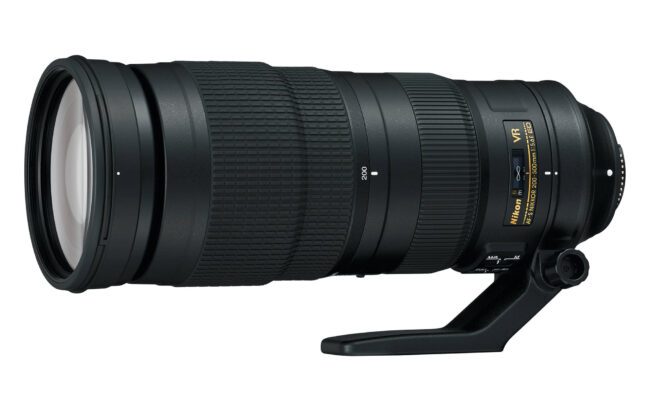
Costing about $1400 at the time of writing this article, this lens is sharp enough to be compared to other professional grade lenses. The focal range of this lens is capable of shooting anything from big cats to tiny birds. With a reasonably fast AF, thanks to the silent wave motor, this lens is capable of shooting birds in flight. The constant maximum aperture of 5.6 is the icing on the cake. Since its release in 2015, this lens has been holding the title of being the cheapest lens to take you to 500mm at f/5.6.
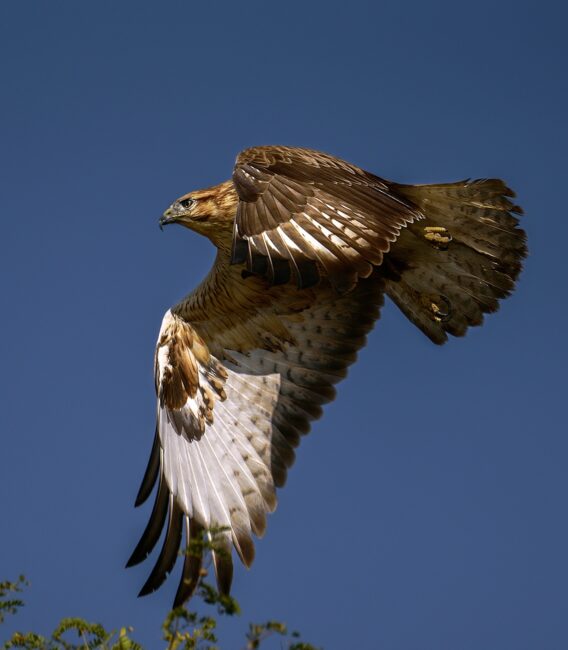
Mounted on any full frame camera or the D500, the AF is spot on. The Nikon 200-500 mounted on a D500 is a match made in heaven, taking you to an FX equivalent of 750mm.
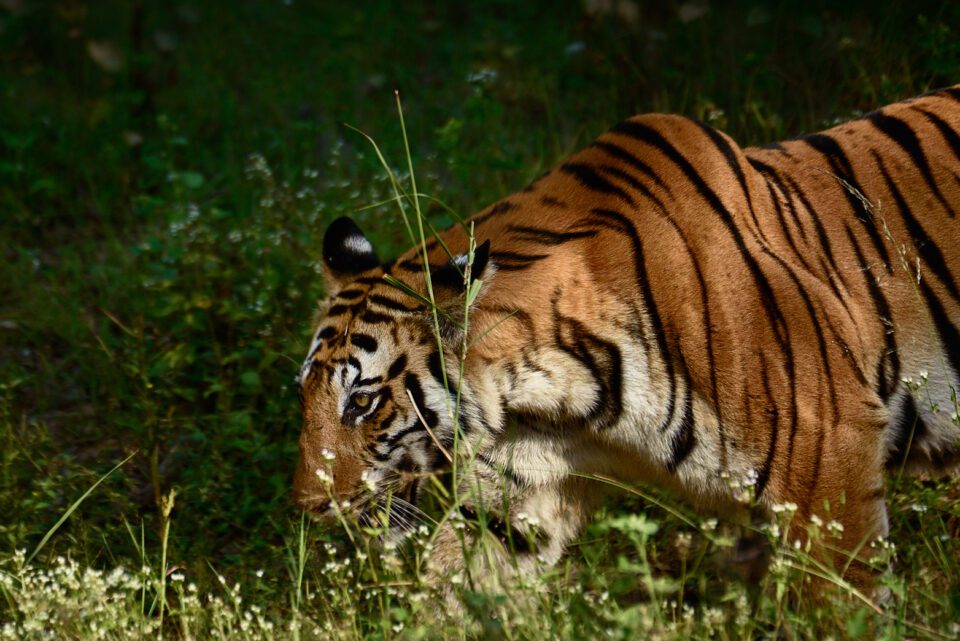
Even though this lens can take a teleconverter, it practically cannot be used. Even in decent light, the AF keeps hunting indefinitely despite being coupled with a f/8 capable body like the D500. Nevertheless, we have to be realistic, and most of us are aware of the fact that TCs are best used with primes.
This lens also weighs more than some comparable prime lenses, like the 500mm f/5.6 PF, or the 300mm f/4 PF when used with a 1.4x teleconverter. If you are planning to do long hikes or handhold your camera all day for wildlife photography, getting a lighter lens may be your better option.
I have also noticed that this particular lens sucks in dust like a magnet while zooming in and out. Using a rain cover becomes almost mandatory. For more information on this lens, please go through Nasim’s in-depth review or how it compares with the Tamron 150-600 and Sigma 150-600.
Tamron SP 70-200mm f/2.8 Di VC USD G2
Some of you may have wondered about the 80mm gap between the 24-120 and the 200-500. It might sound like a huge gap, but in reality, a gap like that isn’t as important as you may think. However, if you care more about the range from about 100mm to 200mm rather than 200mm and beyond, the Tamron 70-200 f/2.8 would be a good option. This lens is a great choice if you are a budding portrait photographer on a budget.
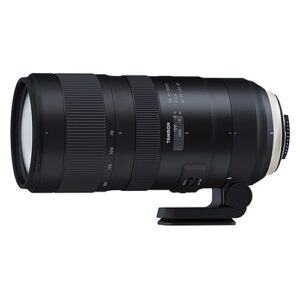
Costing $1200 and being able to take you to f/2.8 throughout its focal range, this lens places itself as an alternate option for folks who are hesitant to spend another $1100 on the Nikon 70-200 f/2.8 FL ED VR. Unless pixel peeped or going for a large print, one could not find much difference between the Tamron and Nikon f/2.8 glasses. Even with a 100% crop view, visible loss of sharpness could be seen only around extreme corners.
With one extra low dispersion element and five low dispersion elements, the Tamron certainly is a professional grade lens. It comes with both BBAR and eBAND coating which is Tamron’s equivalent to Nikon’s Nano crystal coating works a good deal in reducing ghosting and flair. Tamron claims a five stop advantage with its Vibration Control. The Ultrasonic silent wave motor does a great job in focus tracking. Obviously the f/2.8 seldom hunts even in low light conditions. The Tamron is an IF (Internal focussing) lens which is weather sealed. The front element has fluorine coating that repels dust and avoids smearing.
Other Lenses
I feel like I could make a similar list with many other lenses for Nikon, and almost a limitless list when you consider all the other brands out there. The lenses above are meant to illustrate some examples of what to consider when buying a lens, and of course there are many good options beyond the six I mentioned here. There is a reason why Nikon has dozens of lenses and maybe even hundreds when you consider all the third-party options. So, pick something that works for you, and don’t look back!
Conclusion
In this article I have covered most of the prominent features to look for when one is looking to upgrade from kit lenses, along with examples of lenses that fulfill these characteristics. Even though there are some higher quality lenses out there like Nikon’s “trinity” lenses and f/1.4 primes, I wanted to show that lower cost lenses can still be used successfully for photography.
Do you have any suggested lenses that Nikon or other brand photographers should use? Particularly lenses that are low cost and high value. If so please add them in the comments section so that our viewers can benefit from them.